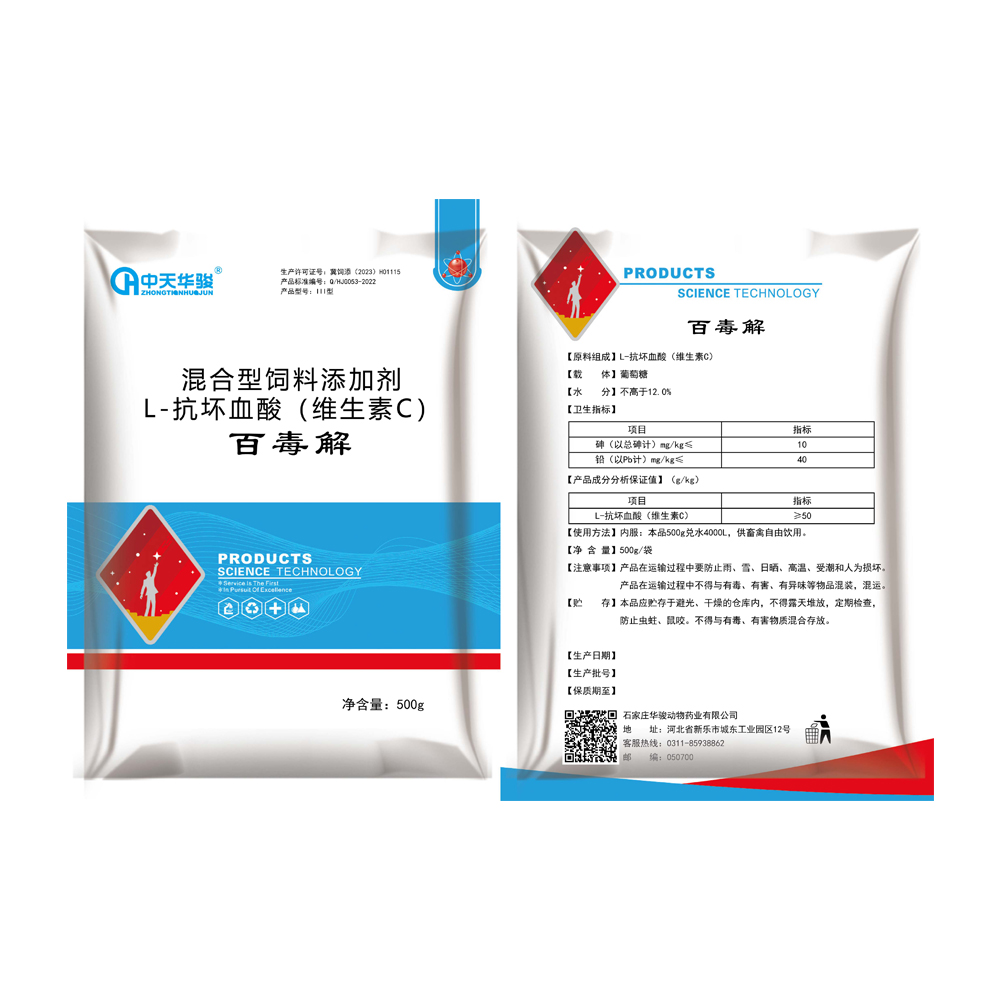
İyl . 20, 2024 12:05 Back to list
Understanding Coccidiosis in Rabbits Effective Management Strategies for Rabbit Farming Success
Coccidiosis in Rabbit Farms An Overview
Coccidiosis is a prevalent health concern affecting rabbit farms worldwide. This parasitic disease is caused by various species of the protozoan parasite *Eimeria*, which typically infests the intestinal tract of rabbits. The impact of coccidiosis on rabbit populations can be severe, leading to significant economic losses for farmers due to decreased growth rates, poor feed conversion, and increased mortality rates, particularly in young animals.
Understanding Coccidiosis
Rabbits can be infected by several types of *Eimeria*, but the most common species affecting domestic rabbits include *Eimeria cuniculi*, *Eimeria magna*, and *Eimeria intestinalis*. These parasites thrive in environments that are moist and warm, conditions often found in rabbit housing facilities. The transmission of coccidiosis occurs through the ingestion of oocysts, which are the cystic forms of the parasite shed in the feces of infected animals. Once ingested, the oocysts hatch in the intestine, where the parasites multiply, leading to an infection that can cause severe damage to the intestinal lining.
Symptoms and Diagnosis
Affected rabbits often show a range of symptoms, including diarrhea, weight loss, lethargy, and in severe cases, sudden death. The severity of symptoms can depend on the age of the rabbit and the level of infection. Young rabbits, in particular, are more susceptible, and outbreaks can lead to high mortality rates in kits (young rabbits) who are still developing their immune systems. To diagnose coccidiosis, veterinarians typically conduct a fecal examination to identify the presence of oocysts and may also perform a necropsy on deceased rabbits to assess intestinal damage.
Prevention and Management
coccidiosis in rabbits factories

Effective management of coccidiosis in rabbit farms focuses on prevention and control measures. One of the primary strategies is maintaining a clean and dry living environment for rabbits. Regular cleaning and disinfection of cages, bedding, and feeding utensils can significantly reduce the survival of oocysts. Implementing a good biosecurity program is crucial for preventing the introduction of new infections into the herd. This includes quarantining new rabbits before introducing them to the existing population.
Nutrition also plays a vital role in preventing coccidiosis. A balanced diet that meets the nutritional needs of rabbits can bolster their immune systems and reduce the likelihood of severe infections. Additionally, some farmers may choose to incorporate anticoccidial medications or feed additives that help control parasite loads within the flock. However, the use of such treatments should be guided by veterinary advice to prevent resistance development.
Importance of Education and Research
To effectively combat coccidiosis, continuous education and research are necessary. Farmers must stay informed about the latest developments in coccidiosis management and treatment. Veterinary services play a crucial role in providing guidance on disease prevention strategies, diagnosis, and treatment options.
Research into developing vaccines and more effective medicaments against *Eimeria* species is ongoing. Advances in this area can greatly enhance the resilience of rabbit populations to coccidiosis and reduce the economic burden on farmers.
Conclusion
Coccidiosis remains a significant challenge for rabbit farmers, but with proper management practices, education, and veterinary support, the impact of this disease can be mitigated. By focusing on prevention, maintaining a clean environment, ensuring adequate nutrition, and utilizing veterinary resources, rabbit farmers can protect their livestock from this debilitating disease, thus securing their livelihoods and ensuring better animal welfare.
-
Premium Honeysuckle Products - Leading Honeysuckle Manufacturer & Supplier Factory
NewsJun.10,2025
-
Pulmonary Edema Solutions from Leading Manufacturer & Supplier Reliable Factory Price
NewsJun.10,2025
-
Red Eyes - Leading Red Eyes Manufacturer & Supplier, Premium Quality Factory Price
NewsJun.10,2025
-
Broiler Ascites Syndrome Solutions Top Manufacturers
NewsJun.10,2025
-
Premium Amoxicillin Suppliers Reliable Biomox Mexican Factories
NewsJun.10,2025
-
Top Brewing Cell Wall Solutions Optimized Efficiency
NewsJun.09,2025




